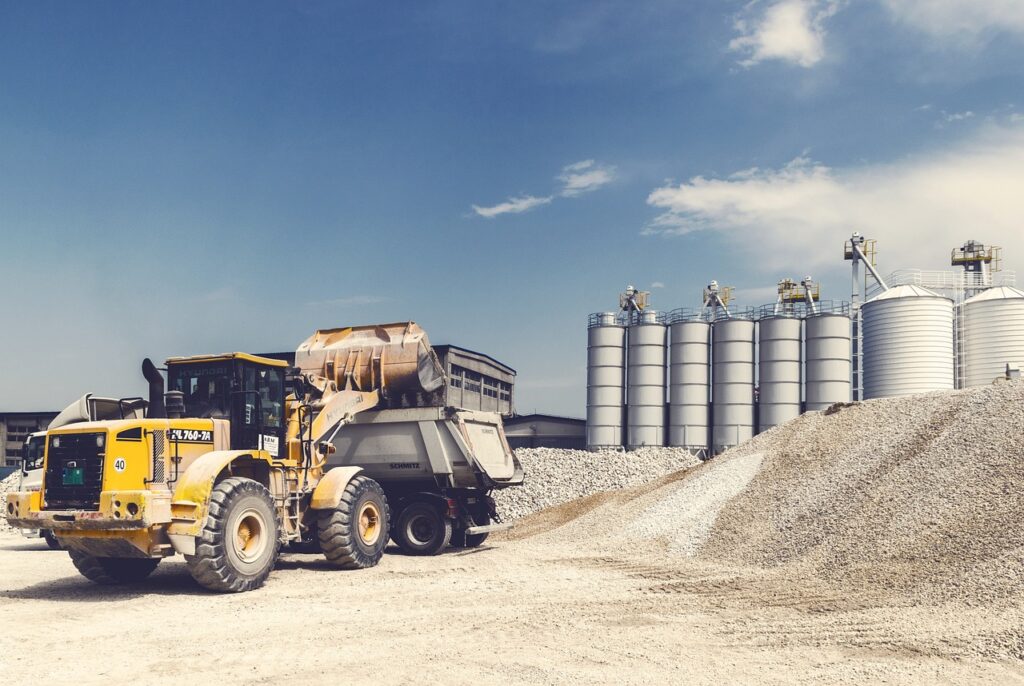The PRNDOT system, an acronym derived from Park, Reverse, Neutral, Drive, Overdrive, and Throttle, represents an essential framework in modern vehicle operation and management. This guide delves deeply into each aspect of the PRNDOT system, providing detailed insights and practical applications to ensure optimal vehicle performance and safety.
Park (P): The Foundation of Safety
The Park mode is critical for ensuring that a stationary vehicle remains immobile. Engaging the park mode locks the transmission, preventing the car from rolling. This is especially important when parking on inclines or uneven surfaces. Here’s why Park is essential:
- Prevents Accidental Movement: Engaging Park secures your vehicle, ensuring it doesn’t move unexpectedly.
- Transmission Safety: Using Park correctly helps maintain the integrity of your transmission system.
- Legal Requirements: In many regions, it’s legally required to park with the transmission in Park mode, particularly on slopes.
Reverse (R): Precision in Backing Up
The Reverse gear is used for moving the vehicle backward. Mastery of Reverse is essential for tasks such as parking and maneuvering out of tight spots. Here are key points to remember:
- Visibility: Always check your mirrors and surroundings before reversing to avoid obstacles.
- Controlled Speed: Reverse gear typically offers limited speed, allowing for precise control.
- Safety Features: Modern vehicles often come equipped with reverse cameras and sensors, enhancing safety.
Neutral (N): Understanding its Usefulness
Neutral disengages the engine from the wheels, allowing the vehicle to move freely without engine power. Here’s when and why you might use Neutral:
- Towing: Neutral is necessary when your vehicle needs to be towed.
- Car Washes: Automatic car washes require the vehicle to be in Neutral for the machinery to move it.
- Engine Diagnostics: Mechanics often use Neutral to test engine performance without engaging the drivetrain.
Drive (D): Primary Mode for Forward Movement
The Drive mode is the most commonly used setting for regular driving, providing power to the wheels for forward motion. Important considerations include:
- Fuel Efficiency: Modern vehicles optimize fuel usage in Drive mode.
- Performance: Drive mode balances power and efficiency, ensuring smooth acceleration.
- Adaptability: In Drive, the transmission automatically adjusts to different speeds and driving conditions.
Overdrive (O): Enhancing Efficiency on Highways
Overdrive reduces the engine’s RPM at higher speeds, promoting fuel efficiency and reducing engine wear. This gear is particularly useful for:
- Highway Driving: Overdrive is ideal for sustained high-speed travel, enhancing fuel economy.
- Engine Longevity: By reducing engine strain, Overdrive extends the lifespan of your engine.
- Reduced Noise: Lower RPMs result in quieter engine operation.
Throttle (T): Commanding Power and Speed
The Throttle controls the amount of air entering the engine, directly influencing power and speed. Effective throttle management is crucial for:
- Acceleration: Proper throttle use allows for responsive and controlled acceleration.
- Fuel Consumption: Efficient throttle use can significantly improve fuel economy.
- Engine Health: Avoiding excessive throttle use prevents undue stress on the engine.
Integrating PRNDOT: Practical Applications and Best Practices
Understanding and effectively utilizing the PRNDOT system can vastly improve driving performance and vehicle maintenance. Here are practical tips:
- Routine Checks: Regularly inspect your transmission and engine to ensure all PRNDOT components function smoothly.
- Smooth Transitions: Avoid abrupt gear changes. Always ensure the vehicle is at a complete stop before switching to Park or Reverse.
- Learning Tools: Utilize driving simulators or professional driving lessons to master each component of PRNDOT.
Advanced Techniques for Optimizing PRNDOT Usage
For those looking to optimize their driving experience further, consider these advanced techniques:
- Engine Braking: Use Neutral and Throttle to manage speed without over-relying on brakes, reducing brake wear.
- Overdrive Management: Manually control Overdrive in vehicles that offer this option to enhance performance and efficiency.
- Throttle Calibration: Adjust throttle sensitivity to match driving conditions, especially in performance vehicles.
The Future of PRNDOT: Innovations and Trends
The automotive industry continually evolves, integrating advanced technologies into the PRNDOT framework. Future trends include:
- Automated Transmissions: Innovations in automatic transmission systems that optimize gear changes without driver input.
- Electric Vehicles (EVs): Adaptation of PRNDOT principles to the unique requirements of electric drivetrains.
- Smart Systems: Integration of AI to manage PRNDOT functions for enhanced safety and efficiency.
Conclusion: Mastering PRNDOT for Optimal Driving
The PRNDOT system is fundamental to modern driving, offering a comprehensive framework for vehicle operation. By mastering each component—Park, Reverse, Neutral, Drive, Overdrive, and Throttle—drivers can ensure safe, efficient, and enjoyable driving experiences. Whether you are a novice or an experienced driver, understanding and applying PRNDOT principles is crucial for maximizing vehicle performance and longevity.




